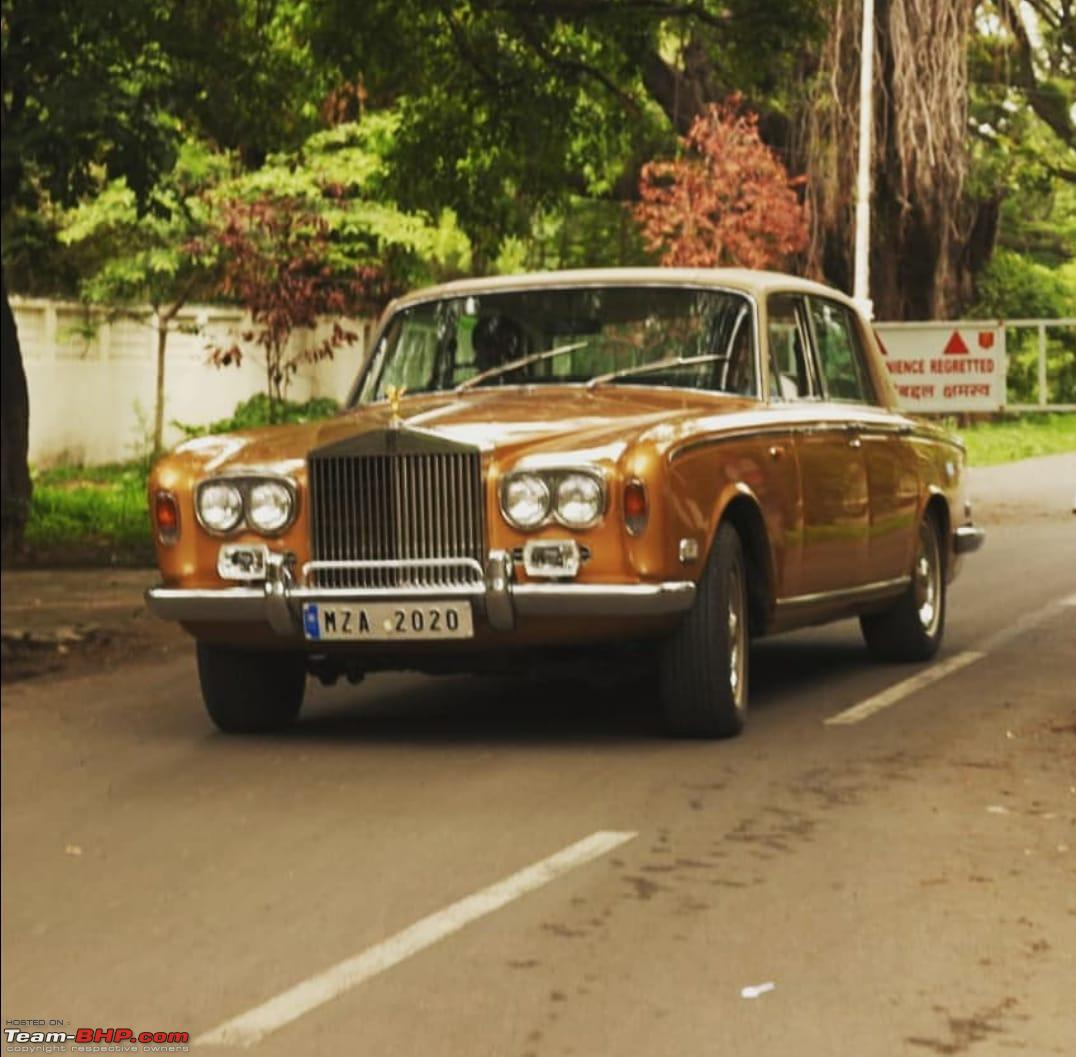The Vijayanagara Empire, which flourished from the 14th to the 17th century, is renowned for its monumental contributions to the cultural landscape of South India.
Founded by Harihara I and Bukka Raya I, this empire not only established a powerful political dominion but also fostered a golden age of art, architecture, and culture that still resonates today.
Understanding the Vijayanagara Empire's art, architecture and impact provides a window into the rich historical and cultural evolution of South India.
Foundations of a Cultural Powerhouse
The founders of the Vijayanagara Empire sought to revive Hindu culture and traditions in the face of Islamic invasions from the north.
This resurgence was not only a political strategy but also a cultural renaissance.
The empire became a beacon of Hindu learning and art, attracting scholars, poets, and artisans from across the subcontinent.
The capital city, Vijayanagara (now Hampi), quickly grew into a thriving center of culture and commerce.
Architectural Marvels in the Temples of Vijayanagara
One of the most visible legacies of the Vijayanagara Empire is its impressive architecture, particularly its temples.
The Vijayanagara rulers commissioned numerous grand temples that featured intricate carvings, towering gopurams (gateway towers), and expansive courtyards.
The Virupaksha Temple in Hampi is a prime example, showcasing the architectural sophistication and religious fervor of the period.
These temples were not only places of worship but also centers of learning and community activities.
Art and Sculpture Foster Blend of Traditions
The Vijayanagara period saw a unique blend of different artistic traditions. The sculptures and frescoes found in the ruins of Hampi and other sites reflect a synthesis of South Indian styles with influences from the Deccan and even further afield.
These artworks often depicted scenes from Hindu epics, local legends, and everyday life, rendered with remarkable detail and vitality.
The empire's patronage of the arts helped preserve and propagate classical forms of dance, music, and drama.
Literature and Language on Flourishing of the Vernacular
The Vijayanagara Empire played a crucial role in the development of South Indian languages and literature.
Kannada, Telugu, Tamil, and Sanskrit literature flourished under the empire’s patronage.
Eminent poets and scholars were supported by the court, leading to the creation of significant literary works.
The empire's emphasis on education and scholarship ensured the survival and growth of regional languages, making Vijayanagara a cultural melting pot.
Music and Dance on the Rhythm of Vijayanagara
Music and dance were integral to the cultural fabric of the Vijayanagara Empire. The rulers were patrons of classical Carnatic music and various forms of traditional dance.
The empire's courts often hosted performances that blended spiritual themes with entertainment.
Instruments such as the veena, mridangam, and flute were commonly used, and the compositions from this period continued to influence South Indian classical music.
Economic Prosperity and Cultural Exchange
The Vijayanagara Empire's strategic location facilitated extensive trade with foreign lands, including Persia, Portugal, and Southeast Asia.
This economic prosperity enabled the patronage of arts and culture on an unprecedented scale.
The bustling markets of Vijayanagara were filled with goods from around the world, leading to cultural exchanges that enriched local traditions.
The wealth generated from trade allowed the empire to build and maintain its impressive architectural and artistic projects.
Social and Religious Harmony
Despite being a Hindu kingdom, the Vijayanagara Empire was marked by religious tolerance and inclusivity.
The rulers supported various religious communities, including Jains and Muslims, fostering a spirit of harmony and coexistence.
This pluralism is reflected in the diverse cultural artifacts and architectural styles that emerged during the period.
The inclusive policies of the Vijayanagara rulers contributed to a vibrant and dynamic cultural environment.
Decline and Enduring Legacy
The decline of the Vijayanagara Empire in the 16th century did not erase its cultural contributions.
The empire's architectural and artistic achievements continued to inspire subsequent generations.
The ruins of Hampi, now a UNESCO World Heritage Site, attract tourists and scholars from around the world, serving as a testament to the empire's enduring legacy.
The cultural practices, literary works, and artistic traditions initiated during the Vijayanagara period remain integral to South India's identity.
Final Thoughts
The Vijayanagara Empire's contributions to the cultural landscape of South India are vast and enduring.
By fostering a golden age of art, architecture, literature, and music, the empire left an indelible mark on the region's cultural heritage.
The synthesis of different artistic traditions, the promotion of regional languages, and the spirit of inclusivity and tolerance are hallmarks of the Vijayanagara period.
Understanding these contributions offers a richer appreciation of South India's temple art, and evolution through culture highlights the empire's role in shaping its historical trajectory.
Edited by V. Hari Shankar Raja
This article has been authored exclusively by the writer and is being presented on Eat My News, which serves as a platform for the community to voice their perspectives. As an entity, Eat My News cannot be held liable for the content or its accuracy. The views expressed in this article solely pertain to the author or writer. For further queries about the article or its content you can contact this email address - harishankarwrk1@gmail.com








0 Comments